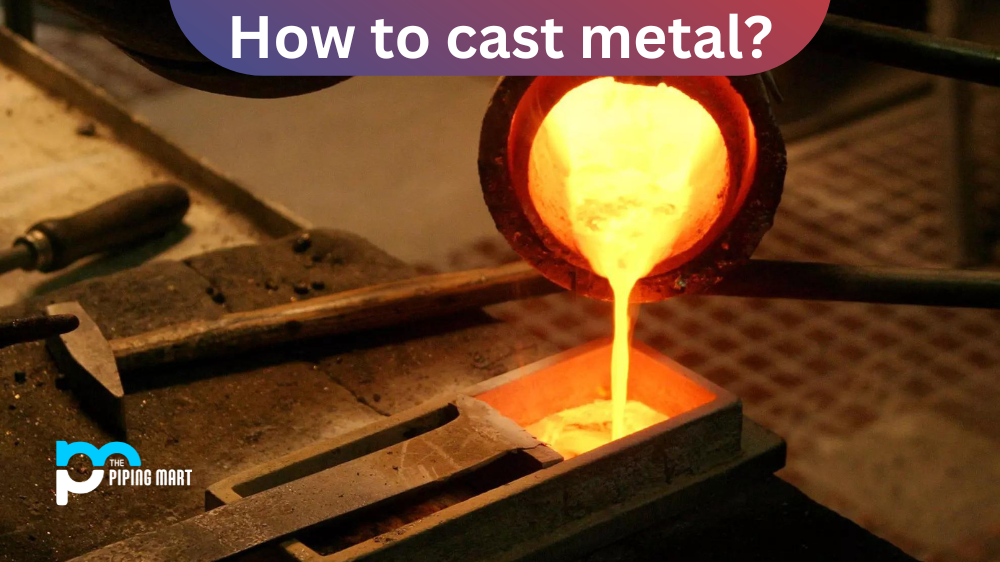In recent years, the demand for rechargeable batteries has skyrocketed due to the prevalence of portable electronic devices and the shift towards renewable energy. Lithium-ion batteries have dominated the market due to their high energy density, long lifespan, and relatively low cost. However, due to their unique characteristics, vanadium batteries have emerged as a promising alternative. This article will explore the similarities and differences between vanadium and lithium batteries to determine the better battery material.
What is Vanadium?
Vanadium is a transition metal with unique properties, making it an excellent candidate for energy storage applications. Vanadium is abundant, non-toxic, and has a high energy density. Its most significant advantage over lithium is its ability to be recharged indefinitely without losing capacity or efficiency. Vanadium batteries use a redox flow cell design, where a membrane separates the two electrodes, and the electrolyte is stored in external tanks. This design allows for more flexible sizing and a longer lifespan than lithium-ion batteries. Despite these benefits, vanadium batteries are relatively expensive due to the cost of vanadium.
What is Lithium?
Lithium-ion batteries, on the other hand, are widely used due to their high energy density and low maintenance requirements. Lithium batteries are used in most portable electronic devices and electric vehicles due to their lightweight, long lifespan, and high power output. Additionally, they are relatively inexpensive to produce and have a high recycling rate. Lithium-ion batteries use a solid-state design, where a thin separator separates the cathode and anode, and the electrolyte is impregnated in the separator. This design provides a high energy density and a low self-discharge rate, making them perfect for applications where weight and size are critical.
Difference Between Vanadium and Lithium
1. Vanadium is a chemical element with the symbol V and atomic number 23. It is a hard, silvery-grey, ductile, and malleable transition metal. The elemental metal is rarely found in nature, but once isolated artificially, the formation of an oxide layer (passivation) stabilizes the free metal somewhat against further oxidation.
2. Lithium is a chemical element with the symbol Li and atomic number 3. It is a soft, silvery-white alkali metal. Under standard conditions, it is the lightest metal and the lightest solid element. Like all alkali metals, lithium is highly reactive and flammable. For this reason, it is typically stored in mineral oil.
3. Vanadium is found in about 65 different minerals, including carnotite (one of the main ore minerals of vanadium), patronite, cuprodescloizite, roscoelite and vanadinite. It usually occurs within these minerals as a trace element but can also be found in larger quantities in some deposits.
4. Lithium occurs naturally in a relatively small number of places on Earth: inside certain types of stars and as part of the very rare mineral petalite. Most commercial lithium production involves extracting lithium from brine pools, which are saltwater lakes that have high concentrations of lithium chloride
When it comes to safety
When it comes to safety, both vanadium and lithium batteries have their pros and cons. Lithium batteries are known to be highly reactive and can explode under certain conditions. Vanadium batteries are generally considered safer due to their external electrolyte storage and low reactivity. However, the high oxidation state of vanadium can pose a risk if the electrolyte leaks or spills.
In terms of environmental impact
Regarding environmental impact, lithium batteries have a relatively low carbon footprint due to their high energy density and long lifespan. They are also highly recyclable, with up to 95% of the materials recovered in the recycling process. In contrast, vanadium batteries have a higher carbon footprint due to their energy-intensive manufacturing process. However, vanadium batteries have a longer lifespan and are highly recyclable due to their modular design.
Conclusion
So, which is the better battery material? As with most engineering challenges, it depends on the application. Lithium-ion batteries are the way to go if you need a high-energy density battery with a low environmental impact and cost. On the other hand, if you need a battery with a longer lifespan, flexible sizing, and the ability to be recharged indefinitely, vanadium batteries might be a better fit. Ultimately, the choice between vanadium and lithium depends on the specific needs of your application and the cost-benefit analysis. As technology advances, we expect continued innovation in battery materials, with new designs and materials emerging.

Meet Bhavesh, a seasoned blogger with a wealth of knowledge and experience. From metal products manufacturing to retail, Bhavesh has a diverse background in various industries and is dedicated to sharing his insights and expertise with readers.




